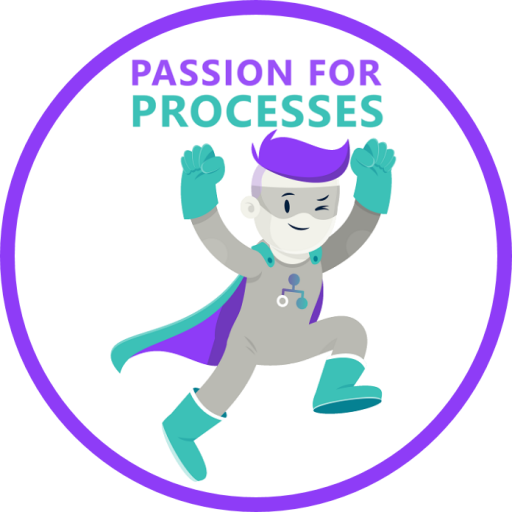While reading a book this weekend, I came across an analogy that really made me reflect on how businesses approach change, particularly when it comes to improving processes. In the story, an old man is walking along the beach when he sees a young woman picking up starfish that have washed ashore and tossing them back into the sea. The old man, noticing the thousands of starfish scattered across the beach, says, "There are so many. You’ll never make a difference." Without hesitation, the young woman picks up another starfish, throws it back, and replies, "I made a difference for that one."
As I thought about this, I realised how similar this situation is to how many businesses feel when faced with the challenge of improving processes. The temptation is often to try and fix everything at once, overwhelmed by the sheer number of tasks and changes needed. However, like the young woman on the beach, it’s important to remember that making a difference doesn’t always require tackling everything simultaneously.
Instead, focus on one process at a time. Prioritise the most important processes that can have the greatest impact on your company’s success. By fixing one process, improving its efficiency and value, you’re already making a significant difference. Once that process is running smoothly, move on to the next.
This step-by-step approach not only makes the task more manageable, but also ensures each change is meaningful and sustainable. By focusing on one process at a time, you can gradually transform your organisation and drive real results.
So, much like the young woman on the beach, don’t be discouraged by the enormity of the task ahead. Take it one process at a time, and you’ll see your business transform, step by step.
Well ) In the case of this young girl, the issue is that 1) she does not know biology well, and saving one will not affect the overall colony if its fate is to demise. And 2) she does not evaluate the resources needed to save the colony, not the one creature. The overall outcome of her actions is clear - dead colony. If she would really want to save something, she gets other people (resources) to help with it, otherwise all her actions bring zero value, but only ego satisfaction.
Now, projecting this to the company, there are two key issues with BPM (based on your story, of course, because there are many more reasons why it does not work). First, it is how BPM is implemented, and it is about Process Maturity development. If you try to implement this on a single process and the whole organization is not ready for this (not mature), your process will be digested by the organization. It as one great person said, 'Culture eats processes on breakfast.' ))
Another issue is resources. Incorrect estimation of resources. The common picture is when you see the process office within the organization with thousands of employees, and this office consists of 2-3 analysts... plus they are usually involved not only in the BPM initiative but also in some ERP projects, ISO projects, etc. The outcome is very transparent.
So, sorry, the story is nice (btw, what is the book's title?), but not about BPM world )
Thank you for your insights! While I agree that saving one starfish won't change the fate of the entire colony, the point of the story is the power of individual action. Even if the broader outcome isn’t immediately visible, helping one starfish—or improving one process—can still make a difference for that specific moment or situation. It’s also often the first step in inspiring others to join the effort.
As for the BPM world, it’s true that systemic change requires readiness and resources, but someone has to start somewhere. Often, one person’s small action can spark a larger movement, shifting the mindset of a team or organisation. Saving one starfish may not save them all, but it’s a reminder that small, meaningful actions can still matter, especially when others aren’t stepping in yet." - Thus it was just a analogy :)
I also agree that resources and organisational readiness are critical in BPM. However, my analogy emphasises starting small and prioritising impact as a way to create momentum for broader change. While tackling the entire 'colony' at once is ideal, incremental improvements can inspire buy-in and demonstrate value over time, setting the stage for cultural and organisational shifts. Small actions, when consistent and strategic, can lead to significant transformation.
The books title is "Die Groot Storie Boek"
I firmly believe that you have only one 'try' for one organization with the BPM initiative. If it fails, the organization will recognize this 'virus' better and eliminate it quickly next time. I wish I were wrong, but organizations' nature is to lead to stability, but BPM is not about stability; it is about changes. This means that changes should be prepared so that they can overcome organizational resistance. That is why changes should be not like a spark but planned, slow, and thoughtful, with a clear strategy and feasible outcomes. And only then, maybe, something could be changed.
Regards






